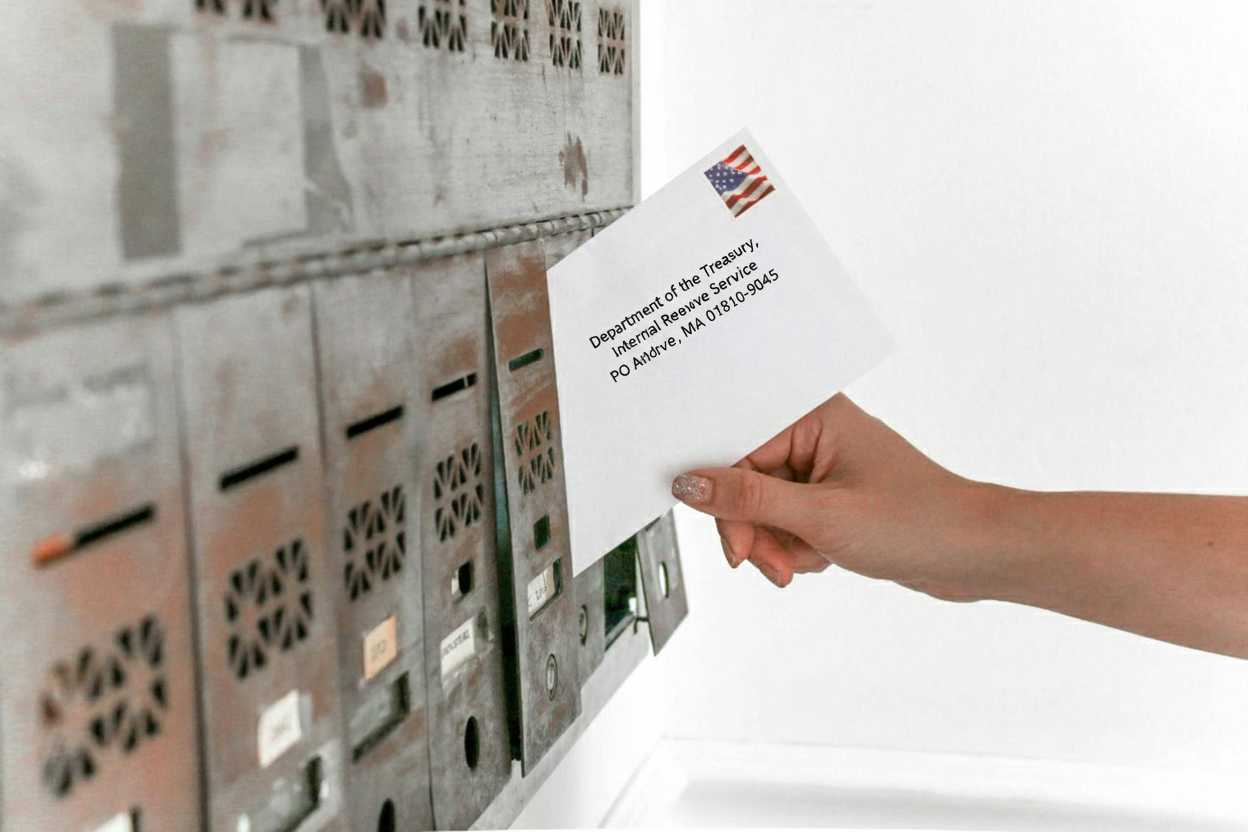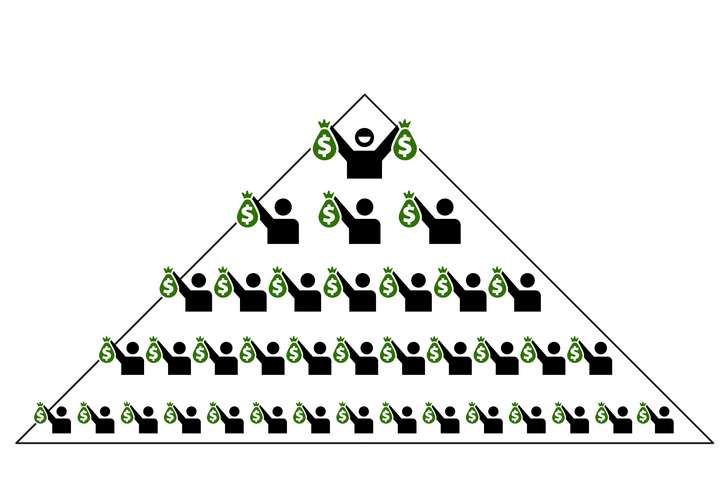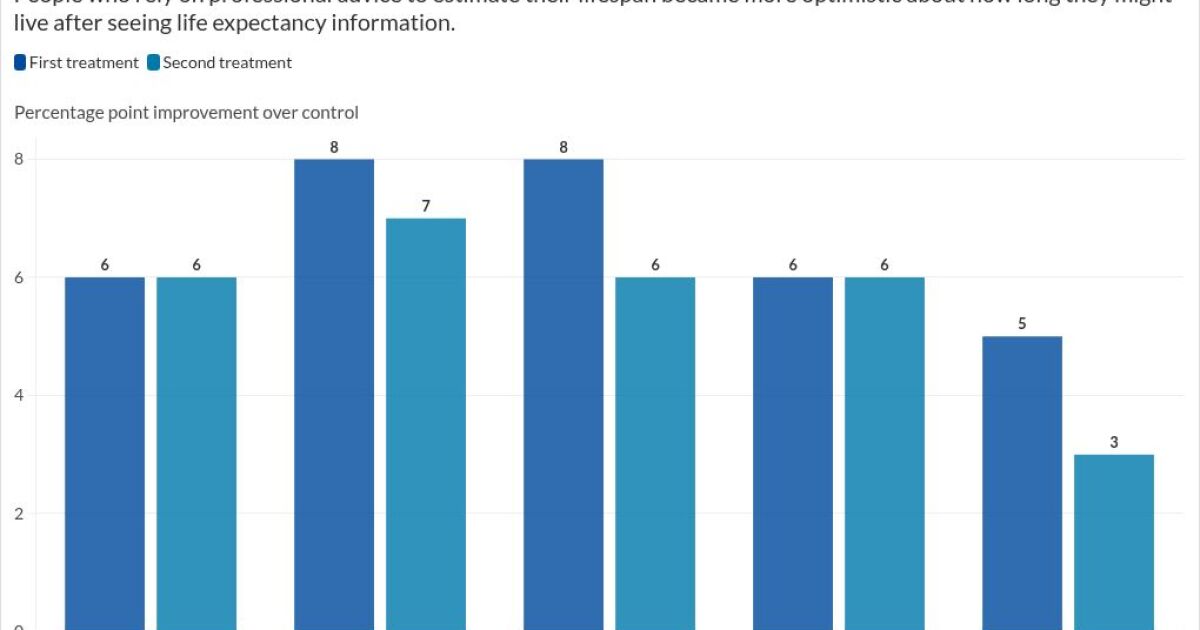States’ corporate income taxA corporate income tax (CIT) is levied by federal and state governments on business profits. Many companies are not subject to the CIT because they are taxed as pass-through businesses, with income reportable under the individual income tax. bases expanded dramatically with the enactment of the TaxA tax is a mandatory payment or charge collected by local, state, and national governments from individuals or businesses to cover the costs of general government services, goods, and activities. Cuts and Jobs Act (TCJA) in 2017, and that remains the case after the implementation of the new and restored business expensing provisions under the One Big Beautiful Bill Act (OBBBA). As lawmakers in some states consider decoupling from the pro-growth business expensing provisions of the reconciliation act due to concerns about corporate income tax baseThe tax base is the total amount of income, property, assets, consumption, transactions, or other economic activity subject to taxation by a tax authority. A narrow tax base is non-neutral and inefficient. A broad tax base reduces tax administration costs and allows more revenue to be raised at lower rates. erosion, it is valuable to recognize just how much larger that corporate tax base has become over the past decade, and what proportion of the costs of conformity are frontloaded, with far lower costs in subsequent years.
At the federal level, the TCJA was a significant tax cut for individuals and businesses alike, but the legislation paired rate reductions with substantial base broadening. States received the benefit of the broader tax base without bringing in the (more than) offsetting rate reductions. Additionally, the TCJA stemmed the tide of corporate inversions and brought additional investment back to the US. For the federal government, the policies encouraging these activities came at a revenue cost, but few of these costs flowed through to the states, which benefited from the windfall.
One way to visualize the growth of the corporate income tax base is to chart the federal revenue generated per percentage point of the rate. Prior to the TCJA, the top rate was 35 percent. (This was very nearly equivalent to a flat rate of 35 percent since the vast majority of corporate income was taxed at the top rate, and the schedule had a series of “bubble rates” to recapture the lower rates.) Under the TCJA, corporate income is taxed at a flat rate of 21 percent.
From 2000 through 2016, the corporate income tax raised an average of $10.88 billion per point on the rate in real (inflationInflation is when the general price of goods and services increases across the economy, reducing the purchasing power of a currency and the value of certain assets. The same paycheck covers less goods, services, and bills. It is sometimes referred to as a “hidden tax,” as it leaves taxpayers less well-off due to higher costs and “bracket creep,” while increasing the government’s spendin-adjusted) terms. Since the TCJA went into effect in 2017, average annual collections per point on the rate soared to $19.30 billion. With or without the OBBBA, collections were projected to decline from an anticipated peak in 2026, but even with the new or restored expensing provisions from the OBBBA, the tax is projected to raise $16.94 billion per percent on the rate—far higher than the pre-TCJA trajectory. Even more significantly, much of the reduction is frontloaded, with the gap between the pre-OBBBA baseline and revenues under the OBBBA shrinking substantially by the end of the budget window.
The OBBBA contains four business expensing provisions:
The restoration of first-year expensing for business machinery and equipment (M&E) under § 168(k), to which 17 states conform
The restoration of first-year expensing for research and experimentation (R&E) expenditures under § 174, which had been in place from 1954 to 2022 and to which all states historically conformed
A new temporary expensing provision for factories under § 168(n)
Higher limits for small business expensing under § 179
The first two provisions (the restoration of first-year expensing for M&E and R&E) are responsible for most of the cost of business expensing conformity and have drawn the most attention. § 168(k) expensing is good policy, and states that offer the provision did so affirmatively and thus have good reason to maintain their conformity. Increasingly, however, some lawmakers are talking about decoupling from § 174.
Requiring five-year amortization of research and development costs under § 174 was never really intended to go into effect. That gimmick (a “cost savings” in the TCJA that was not meant to be realized) is fair game for criticism, but the research and experimentation expensing provision has always been so popular, so bipartisan, and such clearly appropriate policy, that many observers were surprised the capitalization and amortization provision was permitted to take effect in 2022.
Corporations have been allowed to deduct R&E expenditures in the year in which the expense is incurred since 1954, and every state with a corporate income tax has followed suit. When the federal government shifted to five-year amortization beginning in 2022, 10 states continued to offer immediate expensing of R&E, either through express policy or by conforming to a pre-TCJA version of the Internal Revenue Code. All other states with corporate income taxes followed the federal government’s lead in setting aside the R&E policy that had prevailed for 68 years. By conforming to its restoration, states will be accepting a “cost” compared to the policy of the past three and a half years, but one that was fully baked into their tax code for the better part of seven decades.
This cost is front-loaded, since first-year expensing means that deductions for any R&E expenses are not available in years 2-5. Functionally, states received a windfall from 2022 through earlier this year, with deductions spread out, but with comparatively lower revenue in subsequent years since they had to continue offering these amortized deductions. Restoring traditional treatment has the opposite effect: a sizable initial cost, but a reversal in subsequent years.
First-year expensing does have a cost for states for the same reason that it’s beneficial for businesses: under amortization, businesses’ deductions are eroded by inflation, and their present value is reduced due to the time value of money. But in the long run, the state revenue costs are modest—and they’re what every state with a corporate income tax accepted as entirely unexceptional from 1954 (or whenever they adopted the tax) to 2022. Absent first-year expensing for R&E, the corporate tax code is biased against investment in research and development. It’s ironic that most states substantially carve up their tax code with R&D credits, but some are now considering introducing a penalty against those same expenditures. Still worse, R&E is available to all corporate taxpayers with net income, whereas R&D incentives are often only available to large incumbent firms.
Decoupling from § 174 is contrary to most policymakers’ stated goals, and it is by no means made necessary by the trajectory of corporate tax collections, which remain well above the wildest dreams of state lawmakers pre-TCJA.
Stay informed on the tax policies impacting you.
Subscribe to get insights from our trusted experts delivered straight to your inbox.
Subscribe
Share this article

























